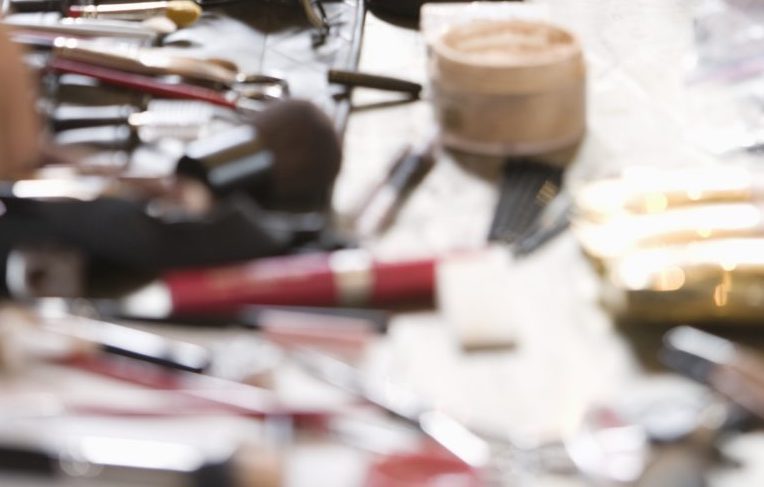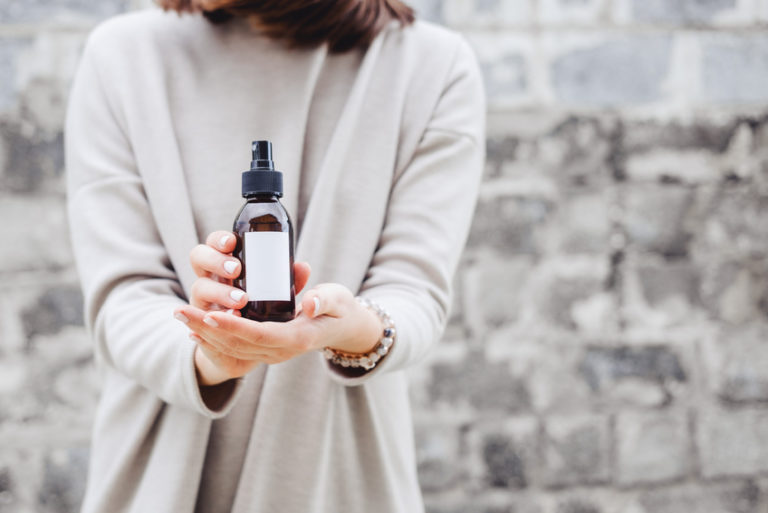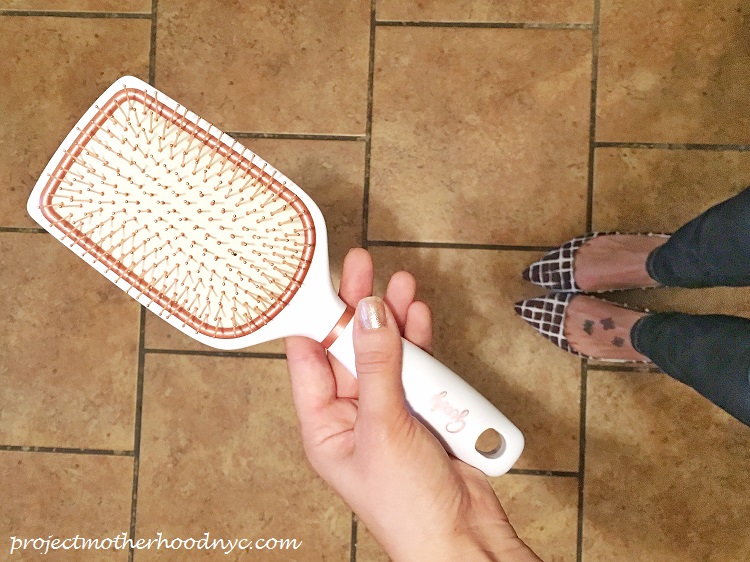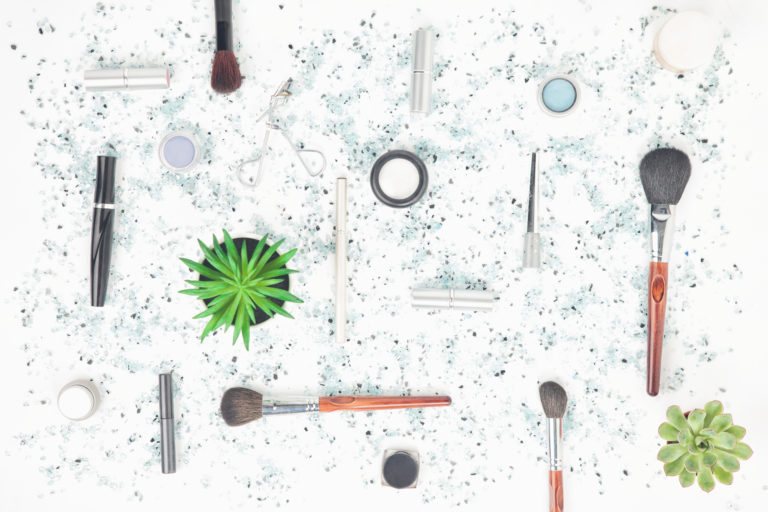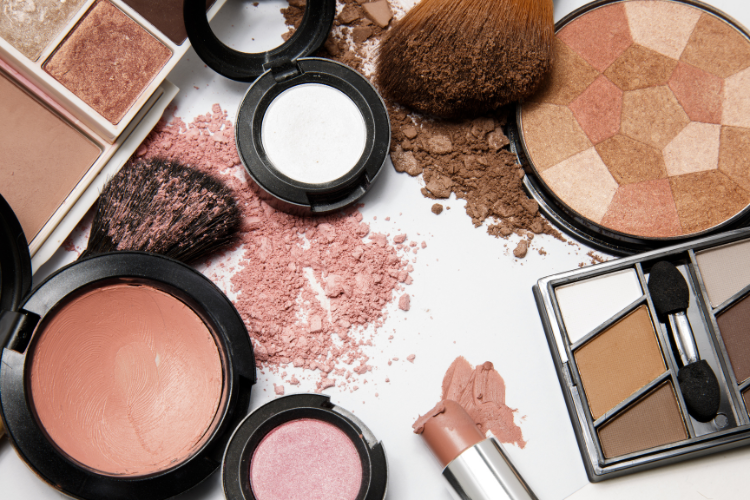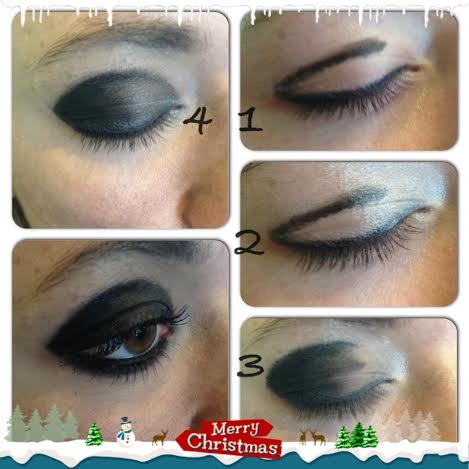There is a very ugly side to the beauty industry and it has to do with all the beauty product waste from things we use daily. Here’s what you need to know to make a difference.
This post contains affiliate links.
I’ve said it before, and I’ll say it again: you have to choose what clean beauty means to you.
Translation: you have to set boundaries for what you are willing to put up with.
For me, and this is one of the many, many reasons that I sell Beautycounter and have my whole family using the products, they are clean products from the inside out. We don’t just care about the quality of the ingredients going into our high performing products, we also take great care to make sure that all packaging can be recycled and have gone great lengths to parter with programs that make how to recycle our products as transparent as possible.
But that it’s true for most of the beauty industry.
RELATED: How to Tell if a Beauty Product is Actually Clean

Join my Clean Beauty Group Here!
The Revolting Side of Beauty Product Waste (And What You Can Do About It)
Beauty is a $500 million dollar industry, that is also expected to grow to an estimated $820 billion by 2023. Yes, looking good is something that people are willing to dish out lots and lots of money on.
But what about all the packaging of the beauty products? Where do those go whenever we’re done with them? Or how about all the boxes used to ship our makeup whenever we order online? The beauty industry has some of the biggest offenders for over-packing products.
Livemint shared that, “While fashion has justifiably got a bad rap for poor environmental practices, beauty pollution, though smaller in volume, is highly insidious. Microbeads and microplastics like glitter are impossible to shore out of oceans. Avobenzone in sunscreens is now proven to deplete coral reefs. Volatile organic compounds (VOCs) in fragrances and hairsprays contribute to smog and air pollution. The indiscriminate use of palm oil in 70% of cosmetics has led to massive deforestation. According to a study commissioned by Zero Waste Europe, our use of beauty and personal care products produced 142 billion units of packaging in 2018 alone. Add to this the total energy utilized, plus the giant carbon footprint for transferring ingredients and finished goods. As we enter 2020, our look-good liability seems bigger than ever.”
Something needs to be done and it really truly has to be done by brands collectively.
Thankfully a lot of clean or also known as green beauty brands have emerged because millennials want more from their beauty products and care about the carbon footprint they are leaving. This market is estimated to touch $54 billion by 2027. These brands offer clean products, recycling and even nontoxic packaging, however, just like the rest of the beauty industry they haven’t yet touched on one of the biggest problems: the disposal of the waste.
RELATED: 2020 Makeup Trends You’ll Want to Start ASAP
A lot of the hurdles that come with this problem is that many beauty products creating all of this beauty product waste are multi-material products. Think about makeup remover wipes for a second. Most of the time you see the fabric wipes stored in a plastic container and by the time they get to the point of recycling, no one knows exactly how to divide them. And then they just end up clogging sewers everywhere.
Overcoming these issues really boils down to corporate responsibility. Brands need (and many are already) to figure out alternatives. Some brands are already doing away with bubble wrap and opting for biodegradable packaging. Others are looking to produce only refillable beauty packaging to cut down on waste, and Amazon is even looking to introduce package free deliveries nationally.
What you can do to avoid beauty product waste
Cutting down on beauty product waste all boils down to using less and recycling more. Here are some things you can start doing now to help make a difference:
- Like mentioned above, kick your addiction to makeup wipes or any single use items to the curb. If your love it too strong, try out One-Step Makeup Remover Wipes as they are biodegradable.
- Stop applying your skin care with any type of cotton balls or pads. You can use your hands to apply things like toner or opt for a very lightweight beauty wash cloth.
- Don’t buy anything in a plastic container. For real. But beauty products that come in glass jars (like everything at Beautycounter), which can be recycled.
- I know it sounds gross, but rethink all the tampons you are using during that time of the month – even the organic cotton ones. There are so many reusable options out there that dramatically cut down on beauty product waste.
- And lastly, you need to learn how to actually recycle your beauty products. Self has a really great article here outlining all of that important information.
Shop with me at Beautycounter Here!
Looking more more beauty talk? I’ve got you covered!
- For Real: ‘Natural and Clean’ Are The Most Misused Words In The Beauty Industry
- Here’s Why Major Brands Are Finally Investing in Clean Beauty
- How to Get Your Makeup to Last All Day
- Need to Determine Your Skin Type? Take This My Skin Type Quiz!
- How to Look Beautiful Overnight (The Only Overnight Skin Treatment You’ll Ever Need)
- These 13 Common Mistakes Are Ruining Your Skin
- The Disturbing Reason Your Makeup Doesn’t Have to Be Tested For Safety
I hope that you walk away from reading this and feel empowered to make better decision about cutting back on beauty product waste. If everyone starts making these small changes, it will have such an incredible impact on the carbon footprint that these products are leaving on the world. It all comes down to making better choices for both brands and consumers, but don’t forget how much power you have whenever it comes to just purchasing products that are better for the world. Whenever you shop with me at Beautycounter, you are shopping with a brand that is literally fighting for change.
XOXO,
Allison

